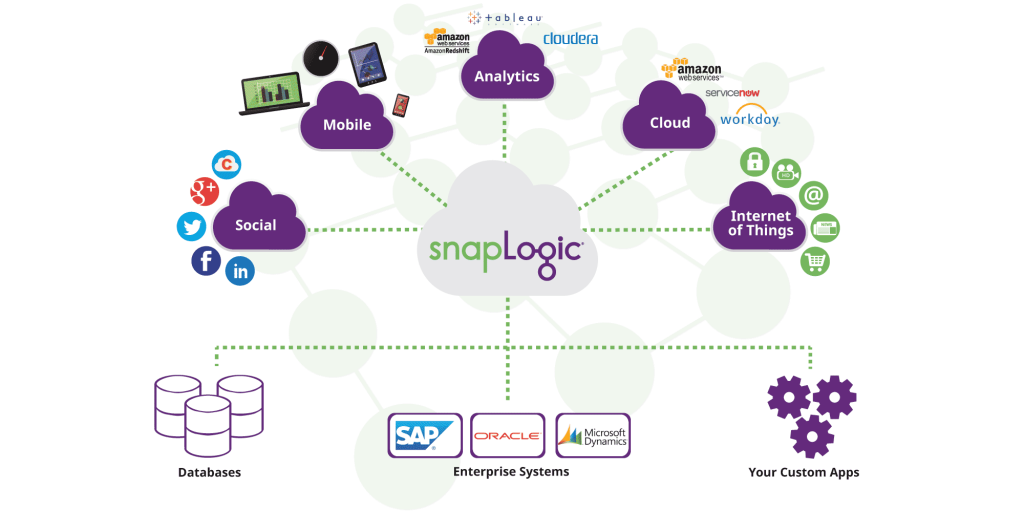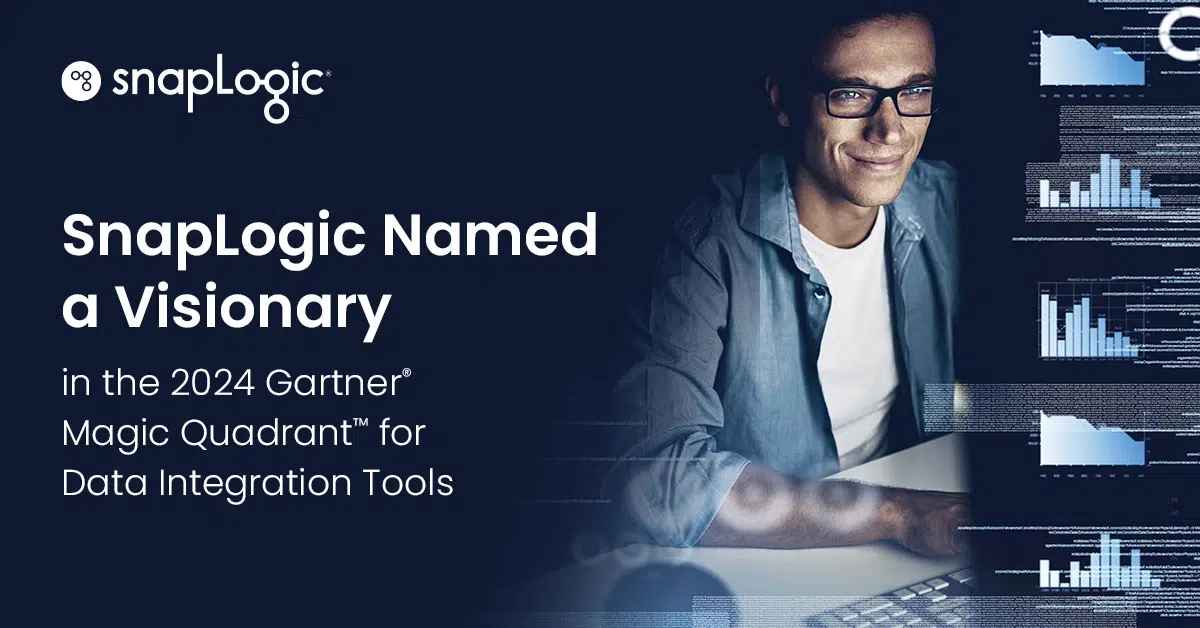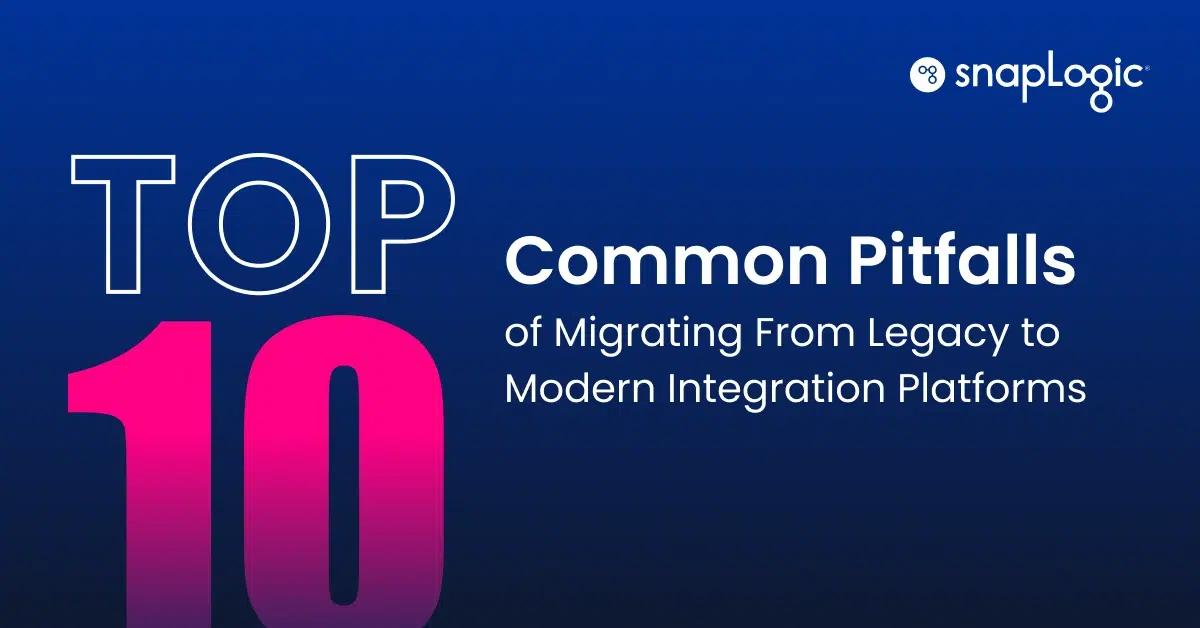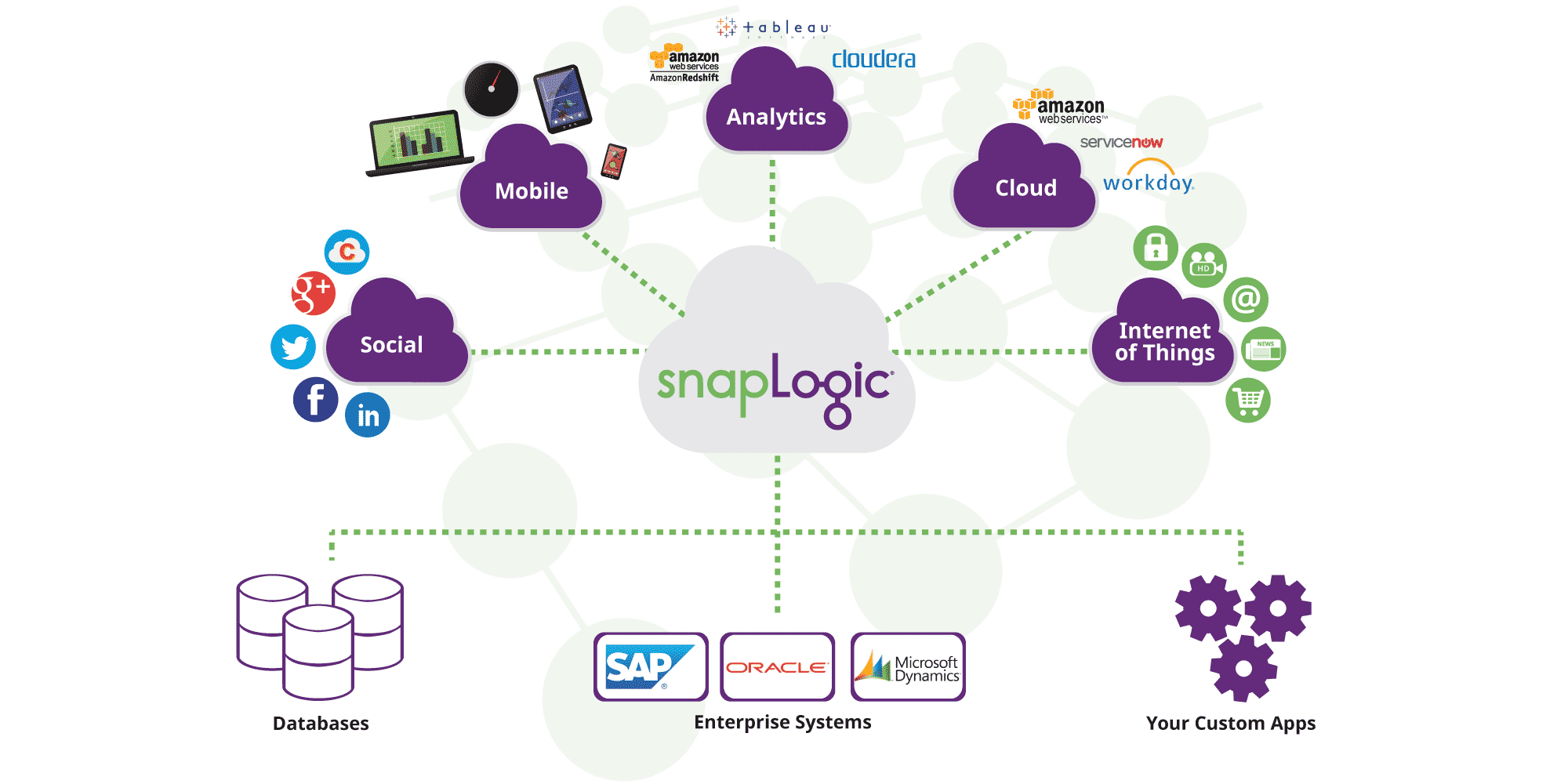I wrote a summary of the 10 New Requirements for Modern Data Integration that was published today on the Database Trends and Applications website. They are:
- Application integration is done primarily through REST and SOAP services
- Large-volume data integration is available to a Hadoop-based data lake or to cloud-based data warehouses
- Integration has to support the continuum of data velocities starting from batch all the way to continuous streams
- Integration is event-based rather than clock-driven
- Integration is primarily document-centric
- Integration is hybrid and spans cloud-cloud and cloud-ground scenarios
- Integration itself has to be accessible through SOAP/REST APIs
- Integration is all about connectivity, connectivity, connectivity
- Integration has to be elastic
- Integration has to be delivered as a service
These new requirements have given rise to a new category of enterprise integration called integration platform as a service (iPaaS), which should be built from the ground up to address the new and legacy enterprise application and data integration needs. As I noted in our recent SnapLogic Elastic Integration Platform Winter 2016 announcement:
“Integration must run at the speed of business and it must be unified. Whether you’re moving to the cloud or re-thinking your data architecture with Spark and Hadoop, there’s never been a better time to re-think how you’re going to tackle the age-old problem of connecting your applications and data at scale.”
I encourage you to read the full DBTA article and to share your feedback with me.











